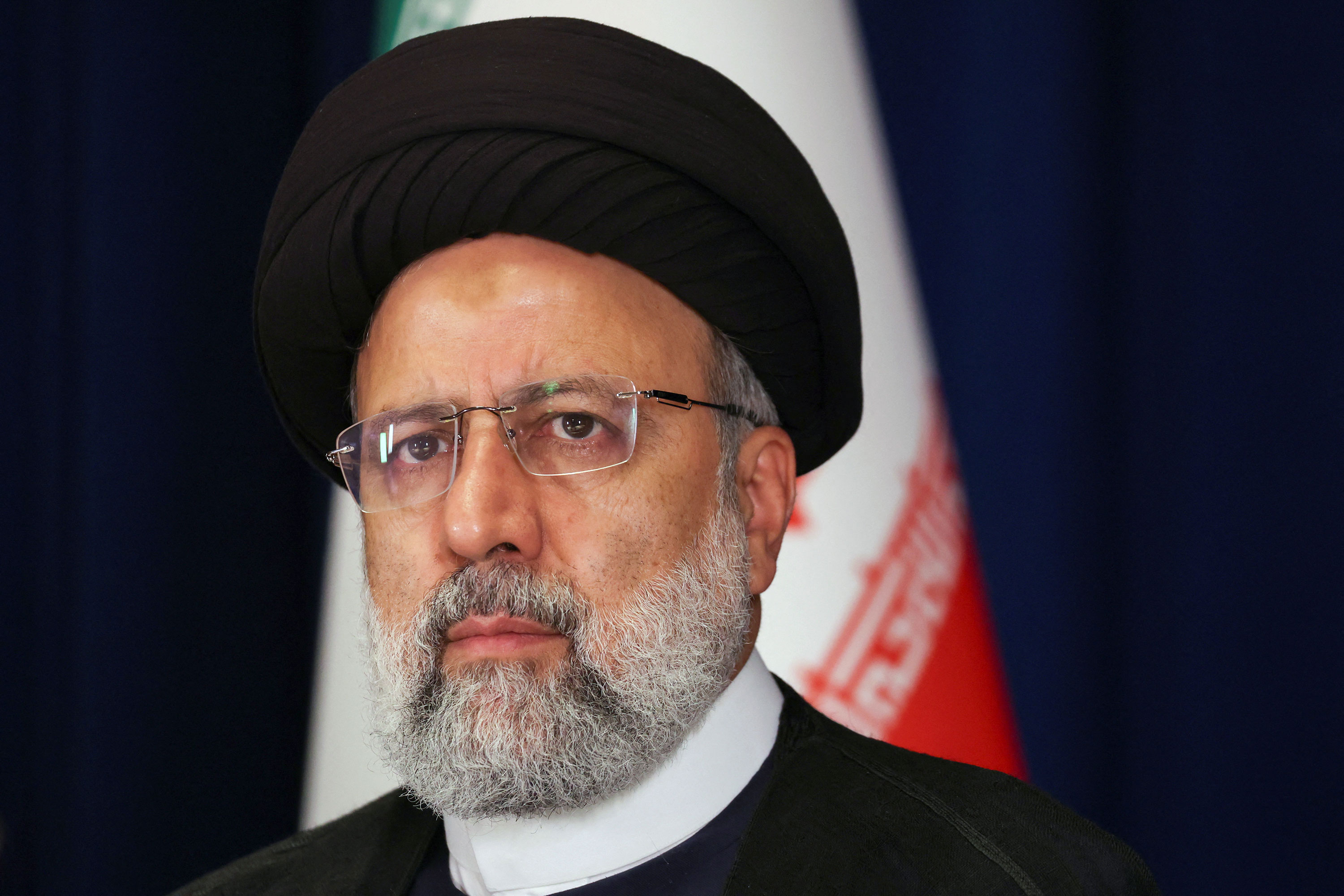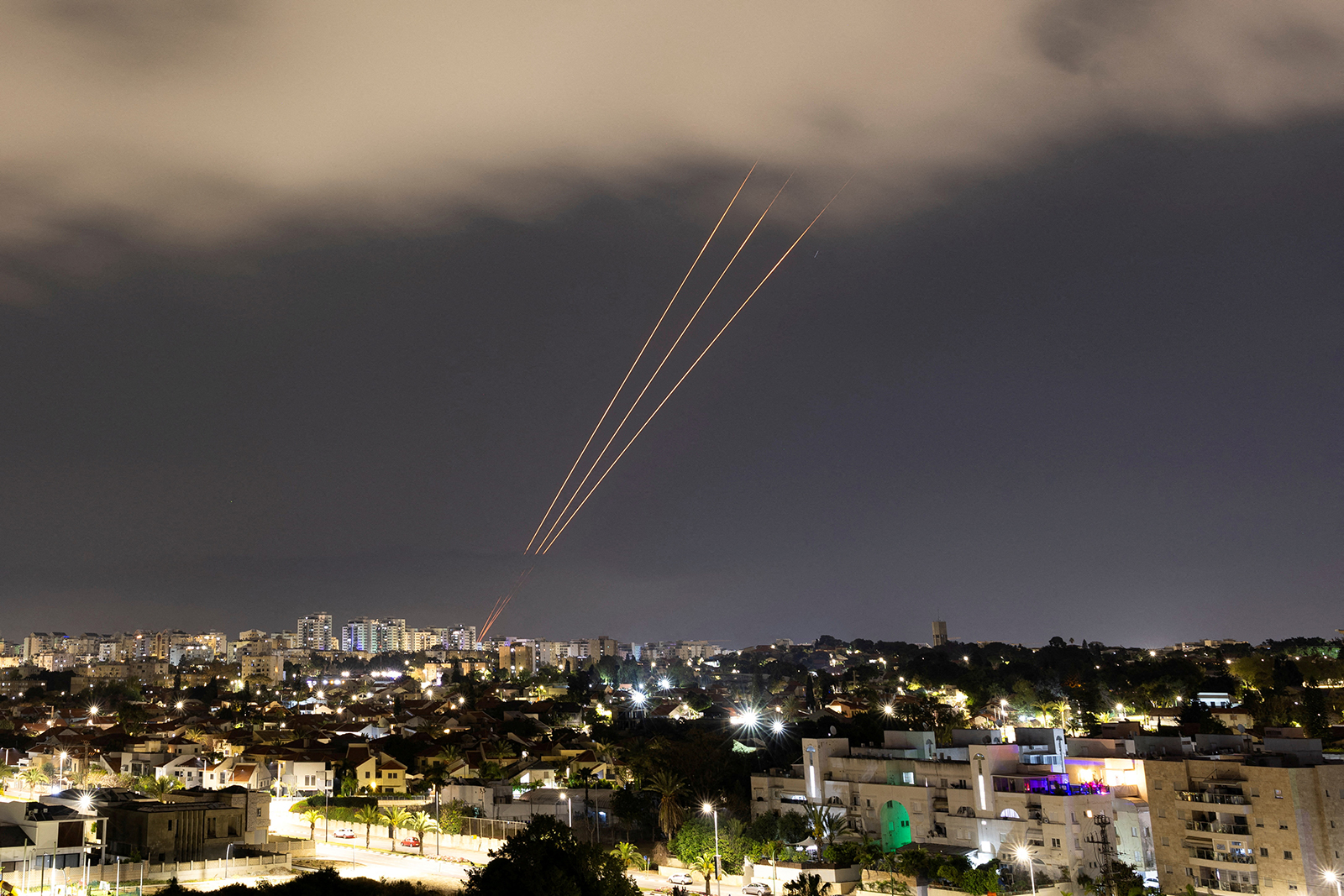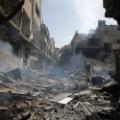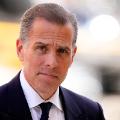Iranian media has confirmed the death of Iran's President Ebrahim Raisi. Our live coverage continues here.
May 19, 2024 helicopter crash involving Iranian president
By Antoinette Radford, Dakin Andone, Michelle Shen, Steve Almasy, Matt Meyer and Kathleen Magramo, CNN
President Raisi was likely traveling on a Bell 212 helicopter acquired before the Iranian Revolution, military expert says
From CNN's Rhea Mogul

Iranian President Ebrahim Raisi was likely traveling on a Bell 212 helicopter that began operating in the late 1960s, according to CNN military analyst Cedric Leighton.
Leighton told CNN's Paula Newton that the difficulty in obtaining spare parts could have played a factor in the crash.
The helicopter was first produced in the United States and then in Canada, Leighton, a retired US Air Force colonel, said.
“It was first introduced during the latter period of the Shah’s rule in 1976 in commercial form and it had a life before that in the US military, so the actual start of this particular type of helicopter may have been as early as the late 1960s,” Leighton said.
“So spare parts would have definitely been an issue for the Iranians.”
“In this particular case, I think this confluence of spare parts, because of the sanctions, plus the weather which was very bad over the last few days in this particular part of northwestern Iran. All of that, I think contributed to a series of incidents and a series of decisions that the pilot and possibly even the president himself made when it came to flying this aircraft… And unfortunately for them, the result is this crash.”
Drone footage shows wreckage of crashed helicopter
By CNN's Jerome Taylor

Iran’s president and foreign minister are presumed dead after Iranian media agencies reported that “no survivors” were found at the crash site of a helicopter carrying the two men and seven others.
Iran’s President Ebrahim Raisi and Foreign Minister Hossein Amir Abdollahian were among the senior officials on board the downed helicopter.
Drone footage of the wreckage taken by the Red Crescent and carried on state media FARS News Agency showed the crash site on a steep, wooded hillside, with little remaining of the helicopter beyond a blue and white tail.
No official announcement of their deaths has yet been made.
Reuters news agency also cited an unnamed Iranian official as saying all passengers are feared dead.
No signs of life from helicopter passengers, says head of Iranian Red Crescent
From CNN's Negar Mahmoodi
There are no signs of life from those traveling on the helicopter that crashed in Iran's East Azerbaijan province, said Pir-Hossein Kolivand, head of the Iranian Red Crescent, according to Iranian state news IRIB.
Iran's President Ebrahim Raisi is believed dead after Iranian agencies reported that "no survivors" were found at the crash site of a helicopter carrying the leader, Foreign Minister Hossein Amir Abdollahian, and seven others.
BREAKING: "No survivors" found at crash site of helicopter carrying Iran's President Ebrahim Raisi, Iranian agencies report
From CNN's Artemis Moshtaghian

"No survivors" were found at the crash site of the helicopter carrying Iran's President Ebrahim Raisi, Iranian state news agency IRINN and semi-official news agency Mehr News reported.
Some background: A former hardline judiciary chief, Raisi was Iran’s eighth president. The former prosecutor and judge was elected in 2021 following a historically uncompetitive presidential contest.
He oversaw a period of intensified repression of dissent, according to human rights monitors.
Next in the line of succession would be First Vice President Mohammad Mokhber, if approved by Iran’s Supreme Leader Ayatollah Ali Khamenei.
Iran's Supreme Leader serves as the final arbiter of domestic and foreign affairs in the Islamic Republic, dwarfing the powers of the country's president.
Unlike his predecessor, the moderate former President Hassan Rouhani, Raisi had fostered a close alliance with Khamenei. Many Iranians believed Raisi was being groomed to one day succeed the ailing 85-year-old Khamenei.
CNN's Tamara Qiblawi contributed reporting to this post.
Rescuers have reached crash site of helicopter carrying Iran's President Ebrahim Raisi
From Negar Mahmoodi and Artemis Moshtaghian
Rescuers have reached the crash site of the helicopter carrying President Ebrahim Raisi, Iran’s semi-official Tasnim news agency.
The agency did not say the condition of those who were on board the helicopter.
At least 73 rescue teams are in the area of the helicopter crash near the village of Tavil in Iran's East Azerbaijan province, according to Pir-Hossein Kolivand, head of the Iranian Red Crescent, Tasnim reported.
Kolivand said the "the situation is not good," according to Iranian state news IRNA.
It's 6 a.m. in Tehran. Here's what we know
CNN staff

The crash site of the helicopter carrying Iran's President Ebrahim Raisi has been located, Iranian state news agency IRNA and semi-official news outlet ISNA reported on Monday.
The helicopter crashed in a remote part of the country on Sunday.
As president of Iran, Raisi is the second most powerful individual in the Islamic Republic's political structure after Supreme Leader Ayatollah Ali Khamenei. He became president in a historically uncompetitive election in 2021, and he has overseen a period of intensified repression of dissent in a nation convulsed by youth-led protests against religious clerical rule.
The crash comes at a fraught moment in the Middle East, with war raging in Gaza and weeks after Iran launched a drone-and-missile attack on Israel in response to a deadly strike on its diplomatic compound in Damascus.
Here’s what to know:
- Others on board: Nine people were onboard the helicopter, including the country's foreign minister, and their status remains unknown as rescue operations continue through the early hours on Monday.
- Rescue: Rescuers are contending with dense fog and extreme cold in the country's remote East Azerbaijan Province. A Turkish drone had located a heat source but have not reached the crash site nor located the helicopter. Turkey and Russia have said they are sending aircraft to help in search operations.
BREAKING: Rescuers locate crash site of helicopter carrying Iran's President Ebrahim Raisi, state media says
From CNN's Negar Mahmoodi and Artemis Moshtaghian
The crash site of the helicopter carrying Iran's President Ebrahim Raisi and the country's foreign minister has been located, Iranian state news agency IRNA and semi-official news outlet ISNA reported on Monday.
Rescuers are approaching the scene of the accident, ISNA said, citing Pir-Hossein Kolivand, head of the Iranian Red Crescent.
State media did not give the exact location of the site.
More to follow.
Analysis: Helicopter crash comes at a fraught time for region — and Iran itself
From CNN's Jerome Taylor

The crash of a helicopter carrying Iran’s president and foreign minister comes at an especially fraught moment in the Middle East – and for Iran domestically.
Israel’s war against Hamas and the subsequent humanitarian catastrophe that has unfolded in Gaza over the last seven months has inflamed global opinion and sent tensions soaring across the Middle East.
It has also brought a decades-long shadow war between Iran and Israel out into the open.
Last month Iran launched an unprecedented drone and missile attack on Israel — its first ever direct attack on the country — in response to a deadly apparent Israeli airstrike on Iran’s consulate in Damascus that killed a top commander in Iran’s elite Revolutionary Guards (IRGC).
Israel struck back a week later, according to US officials, hitting targets outside the Iranian city of Isfahan with a much smaller, calibrated response.
Since then the tit-for-tat direct strikes between the two have stopped. But the proxy war continues with Iran-backed militias such as Hamas and Hezbollah continuing to fight Israel’s forces.
Meanwhile, Iran’s hardline leadership has weathered an explosion of recent popular dissent on the streets at home where years of US-led sanctions have hit hard.
The country was convulsed by youth-led demonstrations against clerical rule and worsening economic conditions following the 2022 death of Mahsa Amini in the custody of Iran’s notorious morality police.
Iranian authorities have since launched a widening crackdown on dissent in response to the protests.
That crackdown has led to human rights violations, some of which amount to “crimes against humanity,” according to a United Nations report released in March.
And while the protests for now have largely stopped, opposition to clerical leadership remains deeply entrenched among many Iranians, especially the young, who yearn for reform, jobs and a move away from stifling religious rule.
A former hardline judiciary chief with his own brutal human rights record, Raisi was elected president in 2021 in a vote that was heavily engineered by the Islamic Republic’s political elite so that he would run virtually uncontested.
While he is president, his powers are dwarfed by those of Supreme Leader Ali Khamenei, who is the final arbiter of domestic and foreign affairs in the Islamic Republic.



